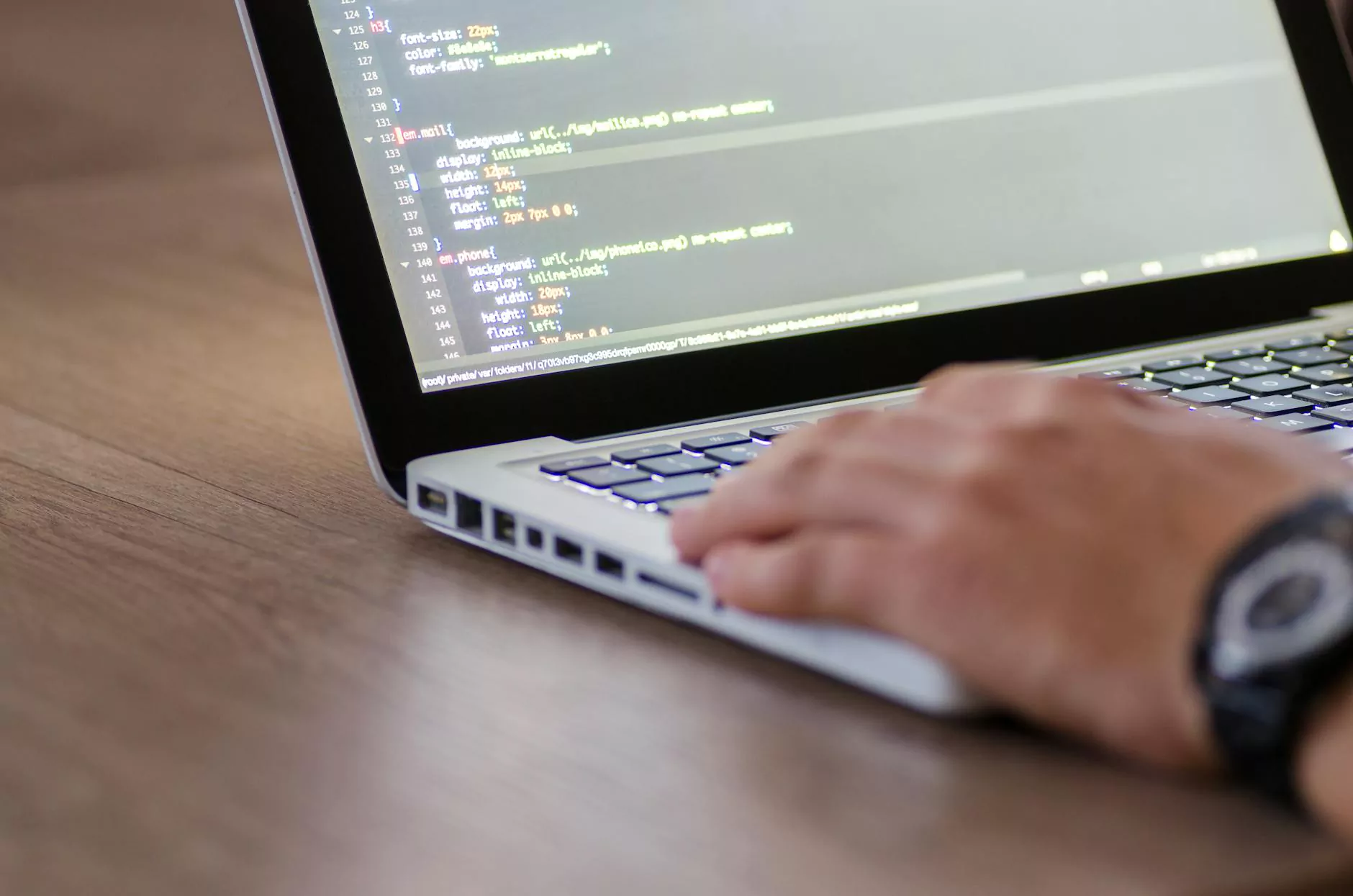Understanding Booklet Printing Costs: A Comprehensive Guide
When it comes to promoting your business or sharing important information, booklets are a versatile and effective medium. However, before diving into the creation of a booklet, it’s essential to understand the various factors that contribute to the booklet printing cost. This extensive guide will provide you with valuable insights into the elements that affect printing costs, options available, and how to get the best value for your money.
What is Booklet Printing?
Booklet printing is the process of producing small booklets that can serve multiple purposes, such as product catalogs, event programs, instructional manuals, or marketing collateral. They typically come in multiple pages and are bound together, making them easy to distribute and read.
Key Factors Influencing Booklet Printing Costs
Understanding the booklet printing cost requires a look at several critical factors that affect the final pricing. Here are some of the primary elements to consider:
1. Size and Dimensions
The size of your booklet can greatly influence the printing cost. Common sizes include:
- A4 (210 x 297 mm)
- A5 (148 x 210 mm)
- Custom sizes
Generally, larger booklets cost more to print due to increased paper usage and handling. Choosing a standard size may help reduce costs.
2. Page Count
The total number of pages in your booklet is another significant factor. More pages require more paper and may also require additional binding processes. Typically, booklets with:
- 8 pages
- 16 pages
- 32 pages
- Or more
will naturally see an increase in costs with each additional page, due to the need for extra materials and labor.
3. Paper Quality
The type and quality of paper you choose for your booklet is paramount to both appearance and cost. Common paper options include:
- Standard paper: Economical but may not convey a premium feel.
- Glossy paper: Great for vibrant images, slightly more expensive.
- Matte paper: Offers a sophisticated look and is ideal for text-heavy booklets.
Selecting a higher-quality paper will enhance the look and feel of your booklet, but it's important to balance quality with your budget.
4. Printing Technique
Printing methods can vary, and the chosen technique affects both cost and output quality. The two most common methods are:
- Digital printing: Ideal for smaller quantities, providing quick turnaround times.
- Offset printing: Best suited for larger quantities, offering reduced costs per unit but requiring setup time.
Choosing the right printing technique can significantly influence your final booklet printing cost.
5. Color Options
Your choice between color and black-and-white printing impacts costs. Full-color booklets will be more expensive than black-and-white options. Depending on your content and audience, opting for:
- Full color: Best for visually driven content.
- Black and white: Suitable for text-heavy and cost-sensitive projects.
Choosing wisely here can lead to substantial cost savings.
Additional Costs to Consider
While the factors mentioned above directly influence the booklet printing cost, there are additional expenses that may arise:
1. Design Fees
If you don’t have in-house design capabilities, you may need to hire a designer, which can add to your overall budget. Investing time in creating a compelling design can yield better results during distribution.
2. Binding and Finishing Options
Binding methods range from staples to perfect binding and even spiral binding. Each method has different costs associated with it. Finishing options, such as lamination or UV coating, can also amplify the cost but enhance durability and aesthetics.
Tips to Minimize Booklet Printing Costs
While booklet printing can get pricey, there are numerous strategies to help reduce costs:
1. Utilize Bulk Printing
If you plan to print a large number of booklets, bulk printing can significantly reduce the cost per unit. Be sure to assess your needs and align your printing volume accordingly.
2. Opt for Standard Sizes
As mentioned earlier, choosing standard sizes can help lower costs as they typically have predefined pricing structures in most printing services.
3. Compare Quotes from Multiple Printers
Don't settle for the first quote you receive. Reach out to several printing services, including Printitza, to compare pricing and options. This ensures you get the best possible value.
4. Design Efficiently
Work on designing your booklet to minimize waste and maximize appeal. Efficient design can reduce the number of pages needed and overall printing costs.
5. Leverage Seasonal Discounts
Many printing services offer seasonal promotions or discounts. Keeping an eye on these opportunities can result in significant savings.
Understanding the Final Cost Breakdown
To help clarify how costs are aggregated, here’s a sample breakdown of potential booklet printing costs:
ItemEstimated CostDesign Fee$100 - $500Paper (per ream)$10 - $50Printing (per unit)$0.50 - $3.00Binding$0.20 - $1.00Shipping$20 - $100Final Thoughts on Booklet Printing Costs
In conclusion, understanding booklet printing costs is essential for anyone looking to utilize this impactful marketing tool. By analyzing the various factors at play—from size to binding methods—you can make informed decisions that align with your budgetary needs while achieving your desired outcome.
Whether you’re looking for affordable options, high-quality finishes, or specialized printing techniques, services like Printitza can guide you through the process, ensuring you receive the best possible product for your investment.
Understanding and planning for booklet printing costs can empower your business to communicate effectively while maximizing your marketing budget. Remember to consider these factors carefully and consult with your printing service provider for tailored advice.




